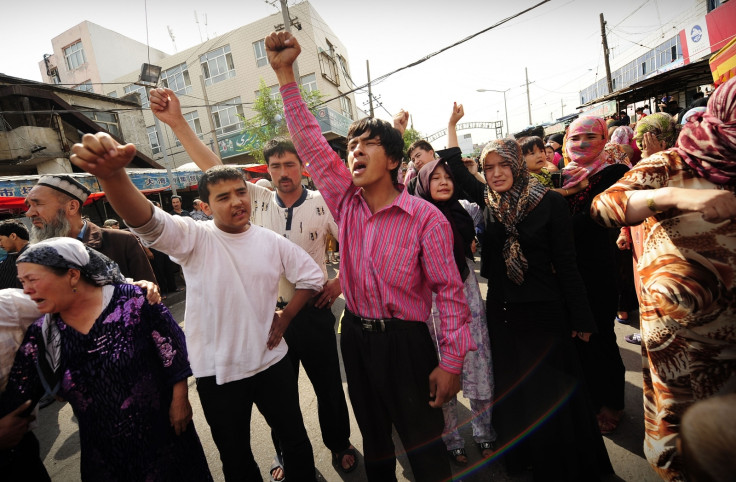China Uighur prosecution: Leaked documents reveal how tech was used subversively
Over one million Uighurs are expected to be under detention in China.
China's Uighur problem is getting bigger as the world is starting to take notice of the country's forced detention of around one million Uighur Muslims in its Xinjiang region. While an earlier report showed how much torture the Uighurs had been put through, a new report has emerged showcasing how technology was used in the persecution of the Uighurs.
The report has some revelations that showcase the extent to which technology has been used for extreme surveillance – tracking people's daily lives.
The report, which has been prepared by the International Consortium of Investigative Journalists. It is an independent non-profit group and details how mass surveillance was used to identify Uighurs who were then arrested and put under detention. China has held Uighurs, Kazakhs and even people with foreign nationalities in its detention camps.
The reports are very important since they collate the facts revealed by dissenters who have escaped. The reports showcase how technology has been used at an industrial scale to commit human rights abuses. It also enforces the strict rule of the Chinese Communist Party and showcases how people have to live in a state of terror, wary of someone reporting them and getting them detained.
The Chinese government, according to the report, has set up an Integrated Joint Operations Platform (IJOP) where police and other authorities collate data taken from facial recognition cameras and other sources and uses AI to recognise categories and the level of detention needed to punish them.
IJOP has an app, which allows anyone to report violations of the CCP's regulations and also prompts people about their height and other physical characteristics. It also determines what category of people can be viewed as "suspicious."
Other apps, such as Zapya, which have been used by Uighurs for showcasing their plight to the world, have also been shut down because of ties to "terrorists."
Even Uighurs who live abroad are being surveyed using various apps.

© Copyright IBTimes 2024. All rights reserved.





